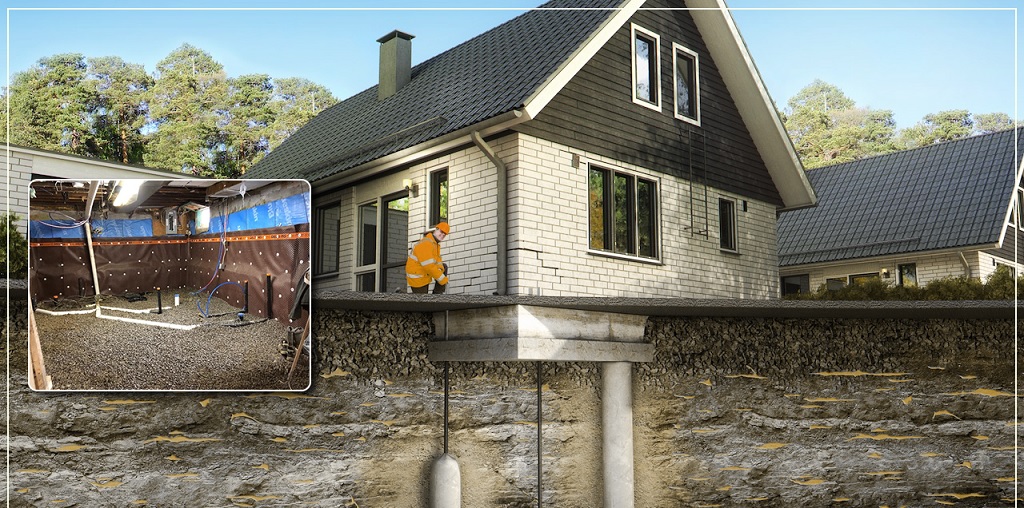Subsurface: Navigating Soil Diversity in Underpinning Practices
Soil is crucial to construction and structural maintenance. Every construction project’s silent partner holds secrets deep inside its layers. The advanced shoring and underpinning highlights the complicated link between soil types and foundational solutions. Understanding the earth’s silent language, reading its whispers and roars, and responding with precision and care is more than a matching method to the terrain.

Clay soils are temperamental and common. The seasons change the earth’s water storage. Here, traditional underpinning meets a formidable opponent. The ground expands and shrinks, causing a ‘heave.’ Engineers use flexible solutions like pier and beam foundations to offset soil disturbances and provide a stable, adaptive support structure.
Changing to sandy soils changes the story. Earth is loose and shifting here, with millions of microscopic grains that refuse to stick together. In this case, the foundational approach changes. Jet grouting and micro piles firm and stabilize incoherent soil. It’s incredible how humans turned an unstable bed into a solid foundation.
Peat and other organic soils thicken the plot. The dirt is compressible, unexpected, and challenging. Traditional underpinning methods may fail because the ground is too weak. Lightweight materials or deep foundations can circumvent the problematic soil layer and secure the structure in the more stable layers below.
The story changes when we encounter rock. Rock seems ideal—solid, reliable, unyielding. However, reality is more complex. Rock type, integrity, and stacking significantly affect underlying techniques. Underpinning may require rock drilling, specific equipment, and experience. Understanding geological conditions is crucial for soil interaction.
The soil situation is more complicated in cities. Human activities—filling, excavation, construction—create a soil mosaic. A one-size-fits-all foundation strategy fails in such situations. Instead, strategies must be as complex as urban dirt. Methods may mix, overlap, or be customized for urban subsurface difficulties.
As we explore the area, soil types are evident. Every grain, layer, and water molecule affects the strategy. Geology, engineering, and environmental respect meet in this field. Human ambition and the earth’s varied, lively, and occasionally explosive nature interact to find stability.
